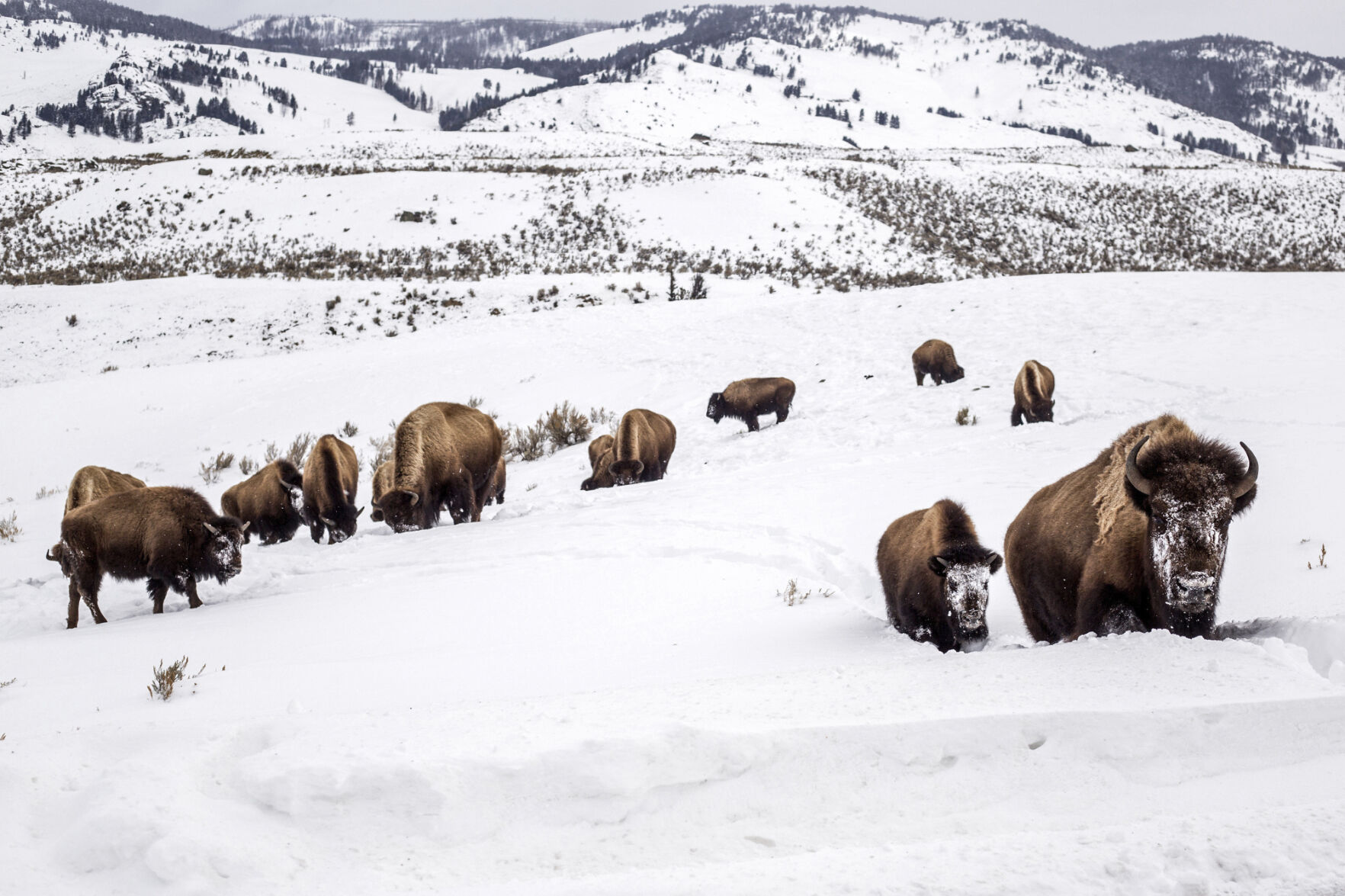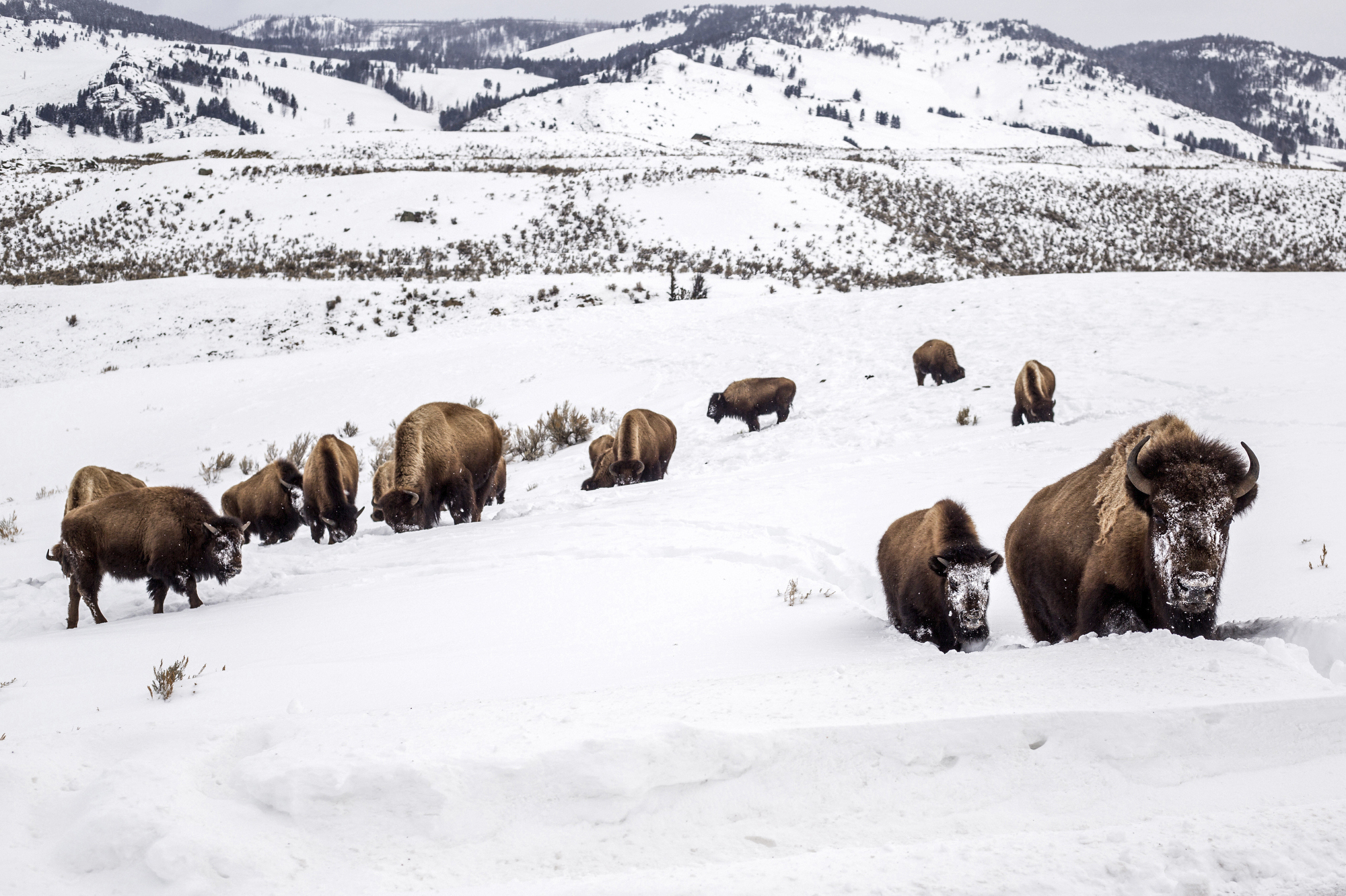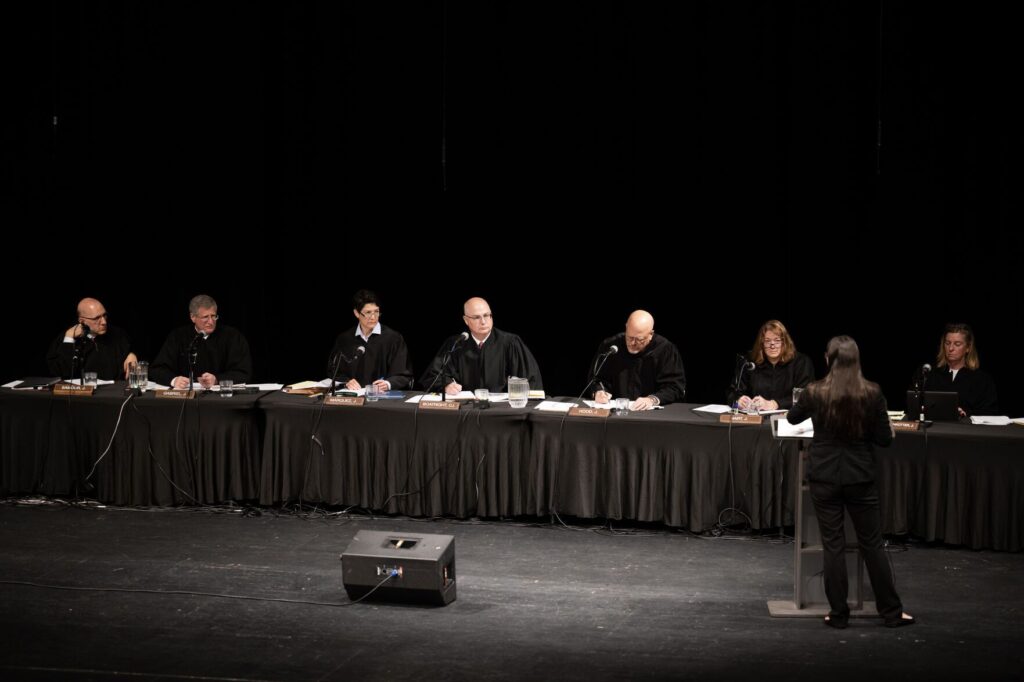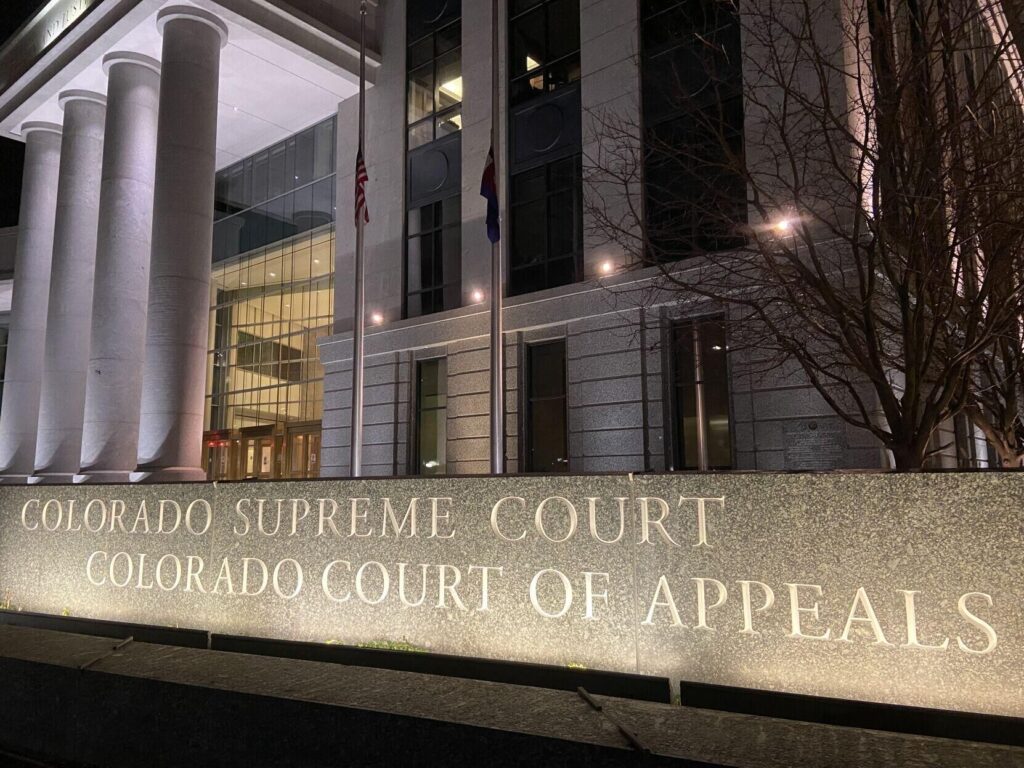OUT WEST ROUNDUP | US wildlife agency to consider protecting Yellowstone bison

MONTANA
Wildlife agency to consider protecting Yellowstone bison
HELENA – A wildlife agency that lost key court rulings over its denial of petitions to protect Yellowstone National Park bison will undertake a comprehensive study over whether the animals should be covered under the Endangered Species Act, the U.S. Fish and Wildlife Service said on June 3.
The decision follows a federal court ruling in January that ordered the U.S. Fish and Wildlife Service to review its 2019 denial of petitions seeking the extra protections. U.S. District Court Judge Randolf Moss of Washington, D.C., said the agency did not give a reason for its decision to rely on some scientific studies while rejecting others.
The January ruling was the second time a federal judge said the agency wrongly denied petitions seeking to have Yellowstone bison listed as threatened or endangered.
Under findings that were scheduled to be published in the Federal Register on June 6, the U.S. Fish and Wildlife Service said the petitions – first filed in 2014 – present substantial, credible information that the sought-after protections may be needed based on reductions of the animal’s range, the lack of tolerance to bison outside the park, and loss of habitat and genetic diversity.
The agency will now carry out a year-long review to determine whether protections are necessary, the draft notification said.
Bison in and around Yellowstone National Park are managed under a federal-state agreement to maintain wild bison while preventing the spread of brucellosis – a bacterial infection that can cause animals to abort their young – to cattle in Montana. The Interagency Bison Management Plan calls for capturing bison, testing them for brucellosis and sending some to slaughter when they leave the park. Bison can also be hunted outside the park.
Judge orders US to decide if wolverines need protection
BILLINGS – A federal judge has given U.S. wildlife officials 18 months to decide if wolverines should be protected under the Endangered Species Act, following years of dispute over how much risk climate change and other threats pose to the rare and elusive predators.
The order from U.S. District Judge Donald Molloy comes after environmentalists challenged a 2020 decision under the Trump administration to withhold protections for the animals in the lower 48 states, where no more than 300 of the animals are thought to remain.
Environmentalists argued that wolverines face localized extinction as a result of climate change, habitat fragmentation and low genetic diversity. Warming temperatures are expected to diminish the mountain snowpack that wolverines rely on to dig dens to birth and raise their young.
The Fish and Wildlife Service received a petition to protect wolverines in 2000 and first proposed protections in 2010. It later sought to withdraw that proposal, but was blocked by a federal judge who said the snow-dependent animals were “squarely in the path of climate change.”
Wildlife officials have previously estimated that 250 to 300 wolverines survive in remote areas of Montana, Wyoming, Idaho and Washington state. The animals in recent years also have been documented in California, Utah, Colorado and Oregon.
WYOMING
10,000 people filled Casper arena for Trump rally
The crowd at the May 28 rally, hosted by former President Donald Trump, filled Casper’s Ford Wyoming Center to capacity, which has not been done since the venue came under new management in 2016.
Estimates put the crowd at roughly 10,000 people, according to someone familiar with the count.
No one was officially turned away, as they were able to watch the rally outside on a big screen.
Brad Murphy, the venue’s general manager, would not reveal how much money the Ford Wyoming Center made from the rally, citing a request from the client, but he said it’s on par with some of their biggest events in the venue’s history: Elton John, Eric Church, Bret Michaels and the biggest two days of the annual College National Finals Rodeo.
Just before Trump appeared on stage Saturday, an announcer came over the public address system and claimed the crowd was the biggest in the state’s history. That is false. A number of University of Wyoming football games have surpassed the rally crowd size. For one, the team’s season opener last year drew a crowd of 27,007.
Paid for by the Save America Political Action Committee, one of Trump’s leadership PACs, the rally was held in support of Harriet Hageman, Trump’s pick to challenge one of his biggest political enemies – Rep. Liz Cheney.
Cheney angered Trump and many other Republicans because of her vote to impeach him following the Jan. 6 insurrection at the U.S. Capitol.
UTAH
Navajo sign water rights settlement with state, feds
MONUMENT VALLEY – Federal officials signed an agreement with leaders of the Navajo Nation on May 27 that provides funding for clean drinking water infrastructure for reservation residents and resolves questions about longstanding Navajo claims to water rights in the drought-stricken U.S. West.
The signing formalizes the Utah Navajo Water Rights Settlement, which became law in 2021 as part of President Joe Biden’s bipartisan infrastructure bill. As part of the agreement, the federal government will pay the Navajo Nation $210 million for drinking water infrastructure in San Juan County – the part of the 27,00-square-mile reservation that lies in Utah.
Many Navajo homes lack running water. Residents often fill containers at public taps or rely on water deliveries from volunteer organizations.
Utah, which was also party to the agreement, will pay the Navajo $8 million as part of the settlement.
A 1908 court decision said tribes had rights to as much water as was needed, including in the Colorado River, to establish permanent homelands. Though they possess senior rights, the Navajo were left out when seven western states divided up shares as part of the Colorado River Compact a century ago.
IDAHO
Groups file new lawsuit to stop Idaho gold mine drilling
BOISE – The U.S. Forest Service violated environmental laws in approving exploratory drilling by a Canadian company hoping to build a gold mine in Idaho west of Yellowstone National Park, two environmental groups said.
The Idaho Conservation League and Greater Yellowstone Coalition filed a lawsuit in U.S. District Court in May to stop Excellon Idaho Gold’s Kilgore Gold Exploration Project in the Caribou-Targhee National Forest in Clark County.
The groups cite potential harm to grizzly bears, wolverines, lynx, bighorn sheep, whitebark pine trees, Columbia spotted frogs and Yellowstone cutthroat trout. Grizzly bears in the area are protected under the Endangered Species Act, and whitebark pine, a grizzly bear food source, has been proposed for listing by the U.S. Fish and Wildlife Service.
Excellon Idaho Gold is a subsidiary of Toronto, Ontario-based Excellon Resources Inc. It acquired the project from British Columbia-based Otis Gold Corporation in 2020.
Otis Gold Corporation said the area contains at least 825,000 ounces of gold near the surface, and potentially more below. It said it was looking at possibly building an open-pit mine if exploration finds that the gold is mostly near the surface, or an underground mine if the gold is deeper. Those types of mines would require additional approval from the Forest Service.
The environmental groups filed a similar lawsuit in 2018 to stop exploratory drilling by Otis Gold Corporation and won. The Forest Service in November 2021 approved a new plan involving road building and 130 drill stations put forward by Excellon Idaho Gold. Those operations, according to the lawsuit, are scheduled to start on July 15.














